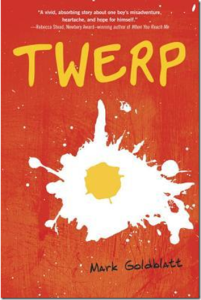The Hendricksons appear, or should start appearing, around Michigan’s trout opener on what I consider my “home waters”; the AuSable. It’s quite an event to behold and even on the coldest of spring days, it hints at the warmth to come. The Hendricksons are the first of the handful of signature hatches that happen along this famed trout stream. Parachutes are not only my preferred dun imitation, but they’re also my favorite dry fly to fish, too. Here, I tie a standard parachute with a trailing shuck for a little added attention. The Hendrickson is one of a few mayflies whose patterns are altered depending on the male and female variants. Depending on how selective the trout are, this can make the difference.
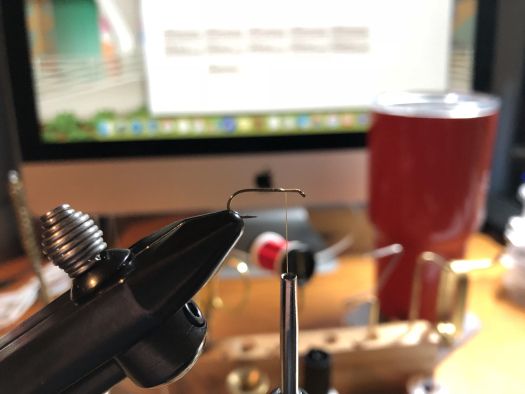
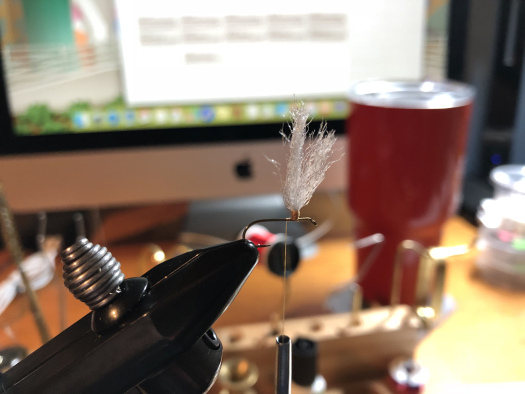
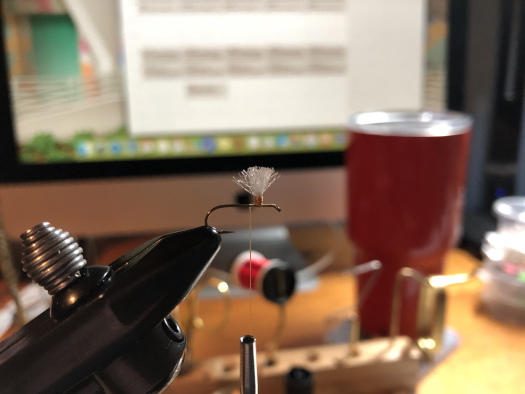
I start by securing my thread to the hook shank approximately two-to-three eye lengths behind the eye. Taking a 1″ length of para post, it is divided into equal parts with one section set aside for another fly. Hold the para post on the near-side of the shank and take a loose wrap around it and the shank once; letting thread torque pull the material on top of the shank. Hold both parts upright and make snug wraps around the base of the post working the thread upward. The best parachute flies are those with shorter posts so be careful not to work the thread too high. Finish by making an “X” wrap in front and behind of the post before ending with three complete turns behind the post. Gently twist the post and trim off the excess approximately two times the length of the threaded post. The excess can then be discarded.
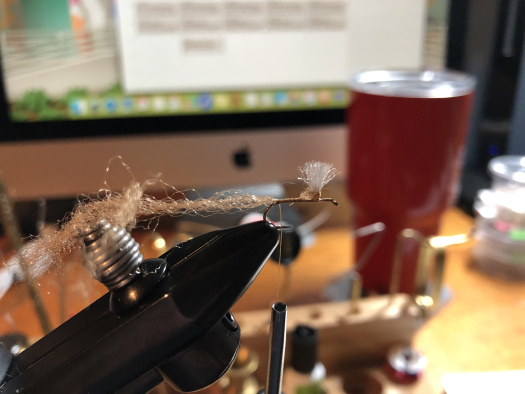
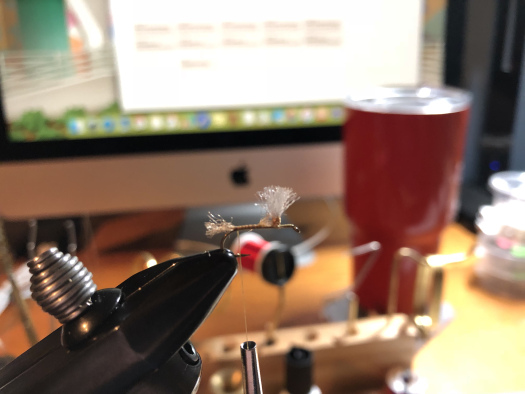
While the next part is optional, the trailing shuck adds to the fly and it gives the fish something to focus on. Here, Z Lon in a tan color is used and much like the para post, the length of material is divided into two equal parts. The Z Lon is tied in directly behind the post using a pinch wrap. Making equal wraps of thread, tie the shuck directly on top of the shank rearward to the bend of the hook and end with the thread there. How much shuck left is the tiers choice but I tend not to let mine get too long.
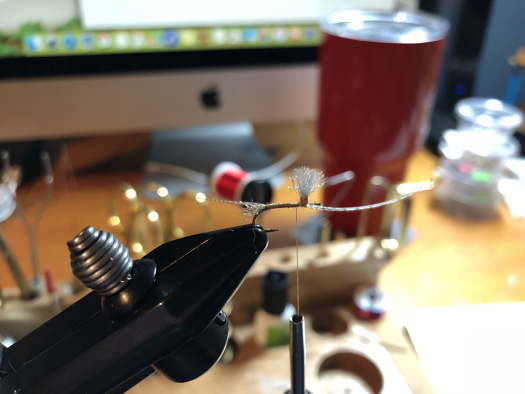
Wood duck fibers are used for the tail and I try to strip three or four fibers off the stem and make sure the tips are aligned. A correctly proportionate tail is about the length of the shank so measure it out and then make a loose wrap where the shuck begins. This lets you make adjustments to the tail to make sure the fibers are splayed in an upward direction that is in-line with the hook shank. Making tight wraps towards the front of the fly and trim the excess tail fibers behind the post before advancing the thread to the front of the post.
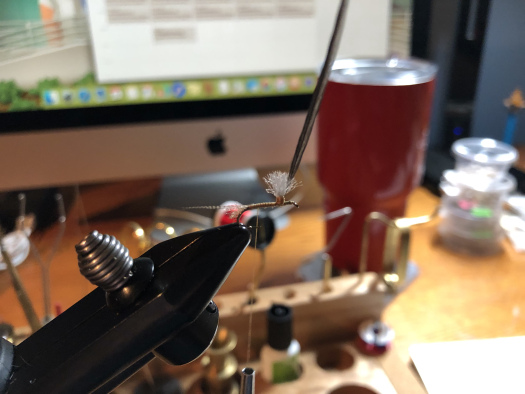
Select an appropriate sized hackle stem and strip away 1/4″ of an inch of fibers. Orient the hackle “cup side up” with the stripped quill parallel to the front of the hook shank. I secure the quill parallel to the shank and then hold the hackle upright and secure it to the parachute post. The hackle should sit vertically for the last step.
Making even wraps rearward, end with the thread at the tie-in point of the tail. This is where the male/female patterns begin to differ.
Male Hendrickson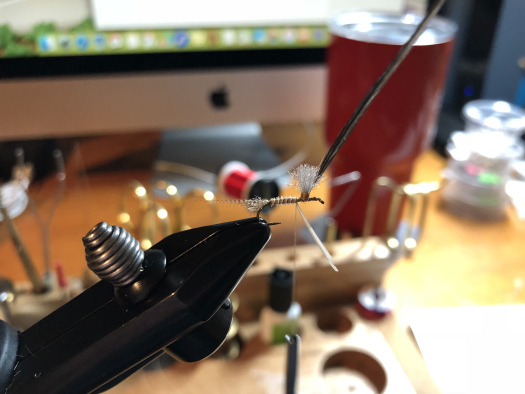
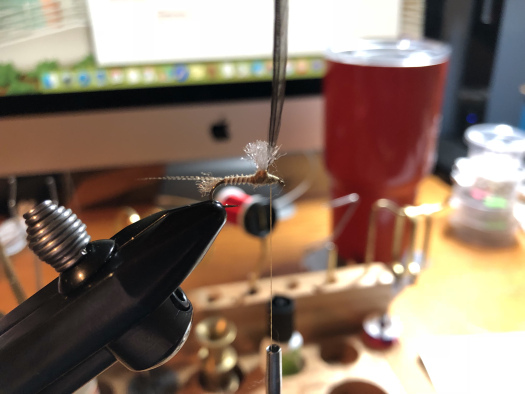
Select a tan turkey biot and trim the brittle tip off. Tie in the biot at the rear of the fly and make even, spiraling wraps to just behind the post and capture it with your thread. Create a tight dubbing noodle and being making wraps behind the post and work your way ahead of it, too. This part should be slightly larger than the biot section. The goal is to end with your thread behind the post and with it wrapped around the far side of the post and hanging in front of the hook (nearest to you).
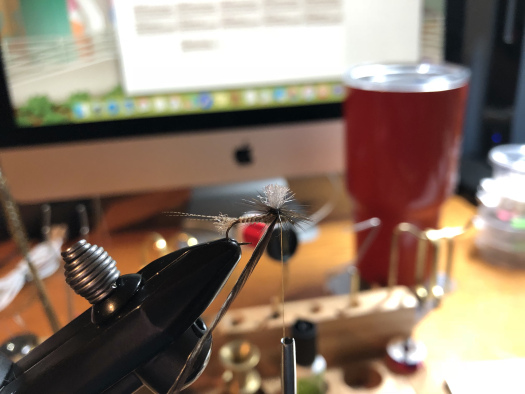
Grab the hackle and make two or three wraps around the post before capturing the hackle around the post with your thread. In other words, the thread will be secured around the post for the last steps. Trim the hackle with fine point scissors and then make a two or three-turn whip finish before snipping the thread. While this method is difficult at first, I think it makes for a cleaner-looking fly rather than trapping hackle around the hook shank and then dubbing the head. With some practice, these will become second nature.
Female HendricksonRather than using a turkey biot, you’ll dub a tapered body from the tail to the head of the fly before turning the hackle and securing it as you did in the steps above. Personally, I make sure the dubbing noodle for the tail is so slim that it appears there is a slightly larger diameter thread. What this does is create a very slender and tightly-dubbed fly with tail segmentation.
Materials UsedThread: Veevus 8/0 Tan
Hook: Daiichi 1180 (Size 14)
Dubbing: Superfine – Tan
Parachute: Light grey para post
Tail: Wood Duck fibers
Shuck: Z Lon – Tan
Hackle: Dark Dun (Slightly oversized)
Advertisements Share this:
